May 07, 2025
Author:Jackson Watson
If you have seen your cat throwing up white foam, you are not alone; your worries are reasonable. Though cats occasionally vomit, especially after eating too quickly or grooming with hair, the appearance of white foam can be cause for concern. Although it can happen on an empty stomach, regular or severe bouts of this type of vomiting—usually including mucus and stomach acid—may suggest more serious cat digestive issues.
This comprehensive guide will cover the most common reasons a cat throws up white foam, how to tell benign symptoms from those calling for urgent intervention, and what steps you can take at home to assist your cat's digestive system. We will also look at expert treatments and valuable tips to stop this disturbing disease from returning. Whether you are an experienced pet owner or not, this article will help you make educated choices regarding caring for your cat.
Watching your cat vomit white foam could be distressing, particularly if you don't understand the cause. Knowing what this white foam signifies and what it might suggest about your cat's condition is vital before making any conclusions. Typically, cat vomit white foam is composed of stomach mucus and gastric acids. Unlike vomiting food or bile, white foam is usually connected to an empty stomach or little digestive problems in cats.
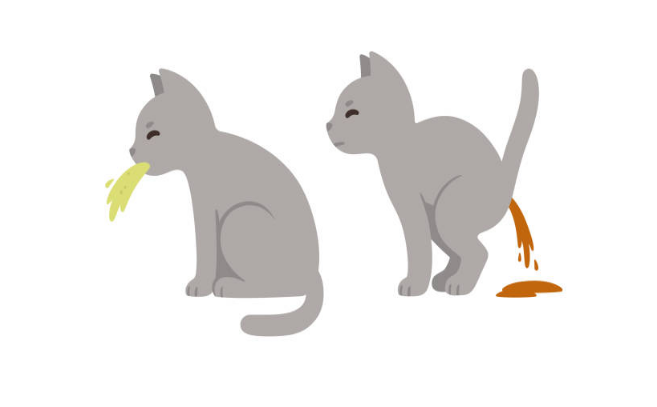
Cats' sensitive digestive systems could lead them to vomit for several reasons. If your cat has eaten too fast or ingested hair after grooming, occasional vomiting might be regular. On the other hand, if the vomiting is frothy and pale, mainly if it occurs regularly, it generally signals that something is bothering the stomach or digestive tract.
A cat may regurgitate white foam for numerous reasons. Being delicate beings, cats' bodies react quickly to environmental, diet, or overall well-being alterations. One must consider both usual triggers and more serious health concerns if one is to completely understand what could be making your cat vomit white foam. While some causes are benign and under control, others demand rapid veterinarian intervention.
Especially white foam, cats often vomit for the following causes:
An empty stomach is one of cats' most frequent causes of white foam vomit. Your cat's stomach could build acid if it goes for long hours without feeding, particularly overnight or during the day while you are away. Often, as this irritates the stomach lining, they vomit white or clear foam first thing in the morning. You could have seen the low-volume vomiting occurring before breakfast. Feeding your cat smaller meals more frequently or giving them a late-night snack could help solve this problem and lower early morning vomiting.
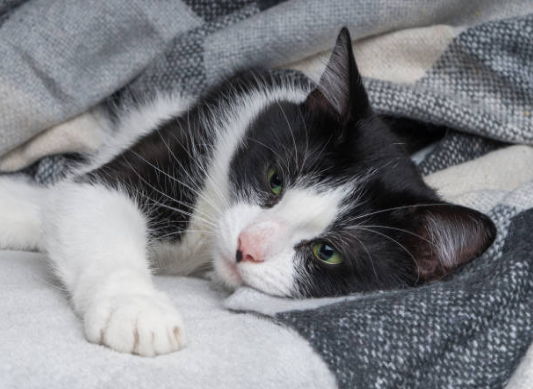
Cats are natural groomers; as they lick themselves, they consume hair. Usually, this goes untouched through their intestinal tract. On the other hand, too much hair could turn into a hairball. Your cat may often try to vomit it if the hairball is caught or hasn't fully formed; instead, it may produce white foam.
Cats with long hair or those that shed heavily are especially prone to hairballs. Regular brushing and hairball treatments, including vitamins or specialized cat food, will significantly reduce this vomiting trigger.
Your cat's sensitive stomach could be upset by sudden nutritional changes, table crumbs, or exposure to new goodies. Regular eaters and cats may find sudden dietary changes to be upsetting. A recent nutritional change could trigger digestive problems that result in cat vomit white foam.
Always mix increasing quantities of the new food with the old over a period of 7 to 10 days to give your cat's system time to adjust. If your cat keeps throwing up, consider a hypoallergenic or restricted-ingredient diet.
Inflamed bowel illness (IBD), a persistent disorder affecting the digestive channel, ranks among the primary wellness triggers behind felines' repeated expulsion. IBD cats possess a defence mechanism that wrongly targets the gut lining, resulting in irritation, poor nutrient uptake, and frequent regurgitation, occasionally featuring pale froth.
Managing this condition typically requires specialized nutrition and medications. An animal doctor could suggest blood analysis, stool examinations, and tissue samples to confirm the conclusion.
Internal invaders such as giardia, nematodes, and hookworms are especially widespread in young felines or roaming pets and might trigger feline regurgitation too. By disturbing the digestive pathway, these intruders provoke swelling, body mass reduction, loose stools, and heaving. Worm-infected animals can discharge foam when their bellies are disturbed and inflamed.
Consistent parasite control and animal health appointments support avoiding infestations. A feces examination becomes necessary if your feline's throwing up appears with further signs, like a swollen belly or unhealthy fur state.
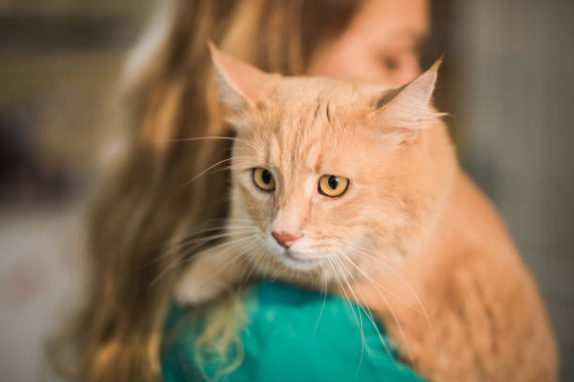
Various reasons, such as rotten meals, harmful agents, anxiety, or even ingesting non-edible objects like elastic bands, foliage, or yarn, may lead to felines acquiring gastritis—a discomfort of the belly lining.
Gastritis frequently leads to white foam occurrences in cats. Gastritis indicators include exhaustion, heaving—occasionally containing blood or digestive liquid—and reduced hunger. While mild instances frequently resolve themselves, harsher bouts could demand treatments to soothe the abdomen and protect its barrier.
Often linked with tiredness, pale froth, and abdominal discomfort, pancreatic swelling, termed pancreatitis, may cause felines to retch intensely. Although not as common as several other listed causes, pancreatitis remains a critical illness that might result from injury, infections, or lipid-rich meals.
Apart from intravenous fluids, pain management, anti-nausea drugs, and perhaps hospitalization, this condition requires prompt veterinarian attention.
Non-digestible objects your cat has consumed could become trapped in its digestive system and cause chronic vomiting; examples include string, rubber bands, and toy fragments. If its stomach is empty, your cat vomits white foam rather than food. Most of the time, foreign objects cause issues that are emergencies, begging for surgical removal.
Remove any small objects your cat could eat to keep your home cat-proof, particularly if your cat has a history of curiosity or rope or string play.
Like us, cats can have stomach issues brought on by stress. Your cat may suffer from loud noises, moving to a new house, getting new pets, or even just changes in the daily routine around the house. Stress-related illness could sometimes cause the cat to produce white foam vomit.
Reducing environmental stressors, offering hiding places, and employing soothing tools like pheromone diffusers help to decrease anxiety-related vomiting.
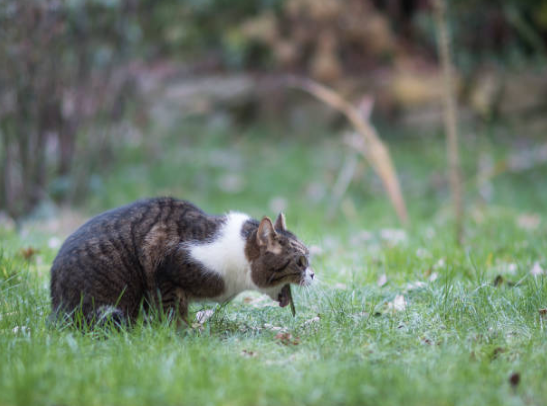
Finding the best medicine or feline vomiting treatment to make your cat friend feel better is the other half of the struggle after knowing the source of her white foam vomiting. Prompt action may greatly influence your cat's recovery and long-term health, whether the vomiting is brought on by fundamental cat digestive issues or a sign of a more serious ailment.
Changing your cat's feeding schedule is among the easiest and most practical home cures, particularly if your cat throws up white foam in the morning. Empty-stomached cats are more prone to developing acid, which could lead to foamy vomiting. To avoid this, try offering:
● Smaller, more frequent meals scattered throughout the day help prevent this.
● A tiny late-night snack to stop nocturnal stomach acid accumulation.
● Even if you are not home, automatic feeders like the WOpet Automatic Pet Feeder ensure your cat eats at regular intervals.
● Busy pet owners and cats prone to hunger and vomiting would find this strategy especially beneficial.
Their diet greatly influences your cat digestive issues. Vomiting may result from artificial chemicals, low-quality products, or unexpected meal changes. Switch t:
● Diets with fewer ingredients if your cat has been vomiting frequently, especially if it's white foam.
● Should food intolerance be discovered, hypoallergenic recipes should be followed.
● Dry food is harsher on the stomach than wet and helps to increase hydration.
Change gradually over 7 to 10 days to prevent more stomach pain. WOpet's shop offers several premium meal options with its contemporary feeding devices.
Vomiting, especially if it occurs frequently or continuously, can lead to fast dehydration. Encourage your cat to regularly consume fresh water. If your cat avoids standing water, consider:
● Installing a cat water fountain to promote more fascinating hydration.
● Including a bit of tuna juice or low-sodium broth in their drink.
● offering wet meals to promote fluid intake.
In more extreme cases, your physician may administer subcutaneous fluids to assist with electrolyte imbalances and hydration.
Your doctor may suggest prescription drugs as part of a treatment plan for cat vomiting if your cat suffers from gastritis, IBD, or another underlying condition. These could include:
● Antiemetics used to lower nausea, cerenia or metoclopramide.
● Stomach protectants include famotidine (Pepcid), which aids in reducing acid production.
● For IBD or other long-term conditions, anti-inflammatory medications or steroids.
Always give medication under veterinary supervision, as dosage varies with weight, age, and degree of disease.
● Regular Feeding Schedule: Regular meal times will enable you to prevent an empty stomach.
● Dietary Consistency: Steer clear of abrupt dietary changes.
● Regular Veterinary Check-ups: Regular vet visits assist in identifying possible problems early on.
● Parasite Control: Control parasites by following consistent deworming policies.
Even if your feline occasionally expels pale froth, you must remain to ongoing or repeated retching. The pet signals an issue—be it a fundamental matter of a vacant belly, intestinal troubles in felines, or an indicator of a more critical ailment such as worms, fur clumps, or gut swelling.
Understanding the causes of nausea, applying household prevention techniques, and recognizing when to consult a vet will help you safeguard your pet’s wellness and vitality.
Every minor adjustment can significantly improve your cat's well-being, from changing their diet and hydration habits to exploring safe treatments for cat vomiting. Have you tried some of the suggested therapies despite your cat still vomiting? Act immediately. Consult your veterinarian to rule out any underlying issues and obtain a feline vomiting treatment plan customized to your pet's requirements.
Popular Post
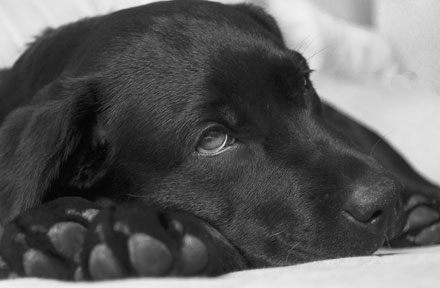
What to Feed a Sick Dog With No Appetite? [2025 Guide]
May 16, 2023
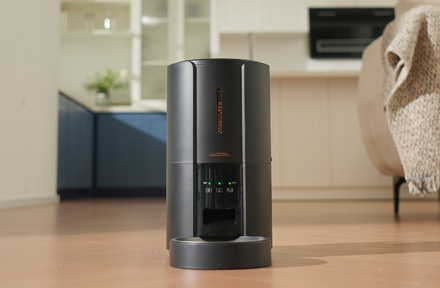
Troubleshooting Common Issues with Automatic Pet Feeders: Tips & Tricks for Pet Owners
Oct 26, 2023
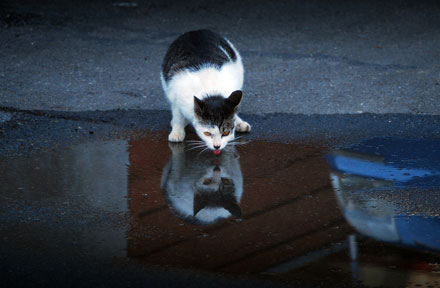
Why Does My Cat Cough After Drinking Water? 8 Potential Reasons
Mar 13, 2023
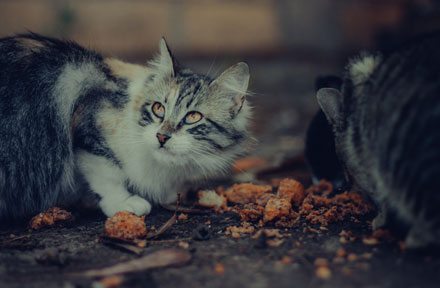
My Cat Only Eats A Little at A Time - What to Do?
Feb 27, 2023
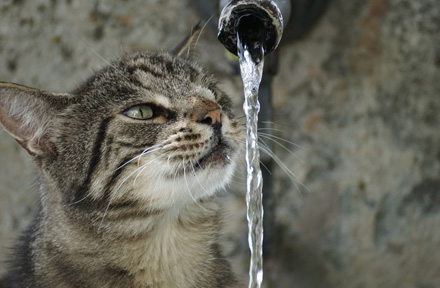
Why is My Cat Throwing up Water? Top 5 Causes Here
Feb 08, 2023
$99.99
$129.99
Copyright © 2025 WOPET. All Rights Reserved.